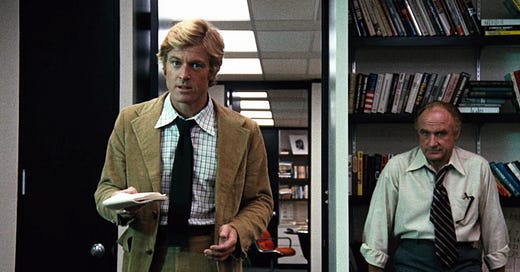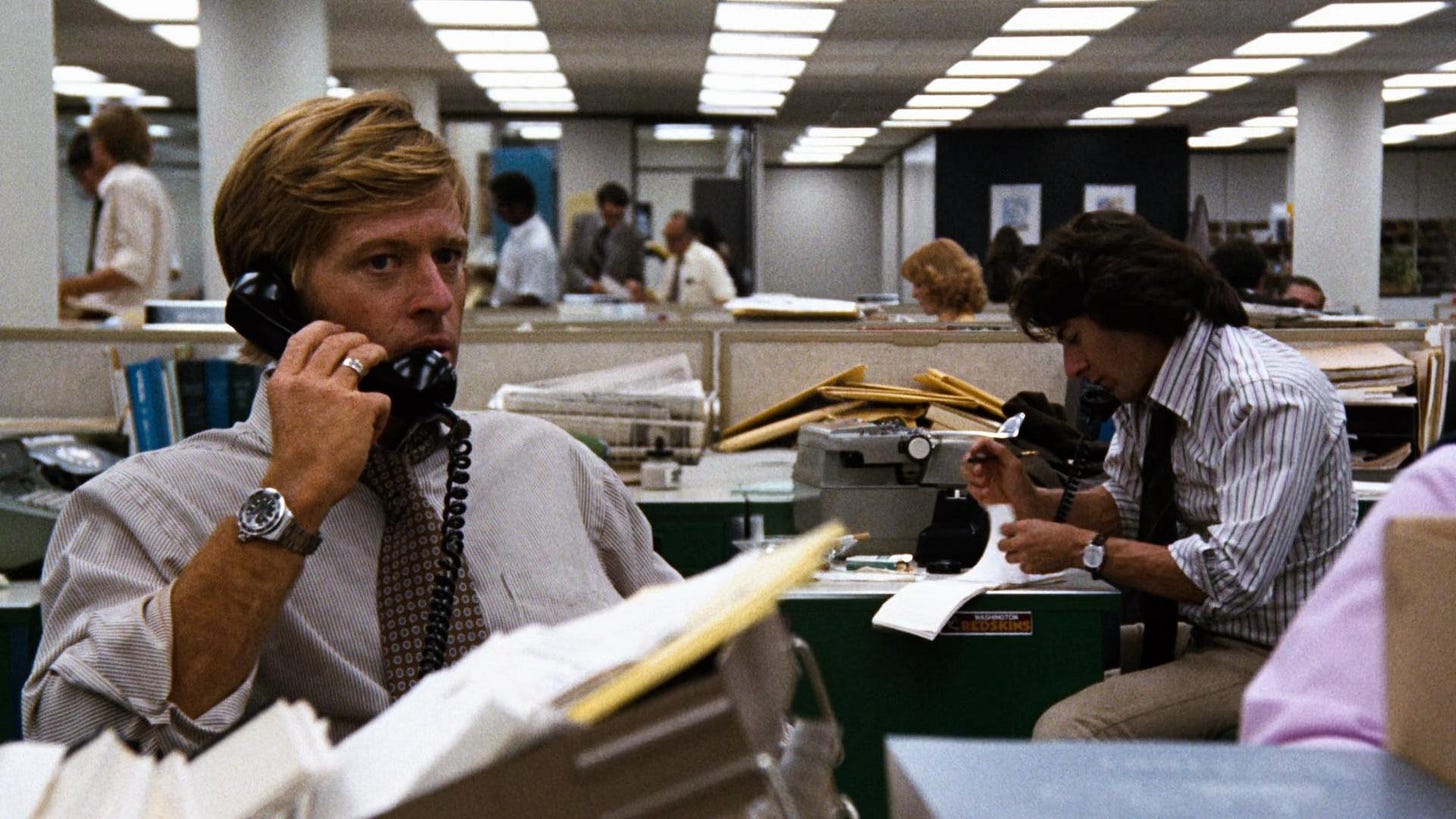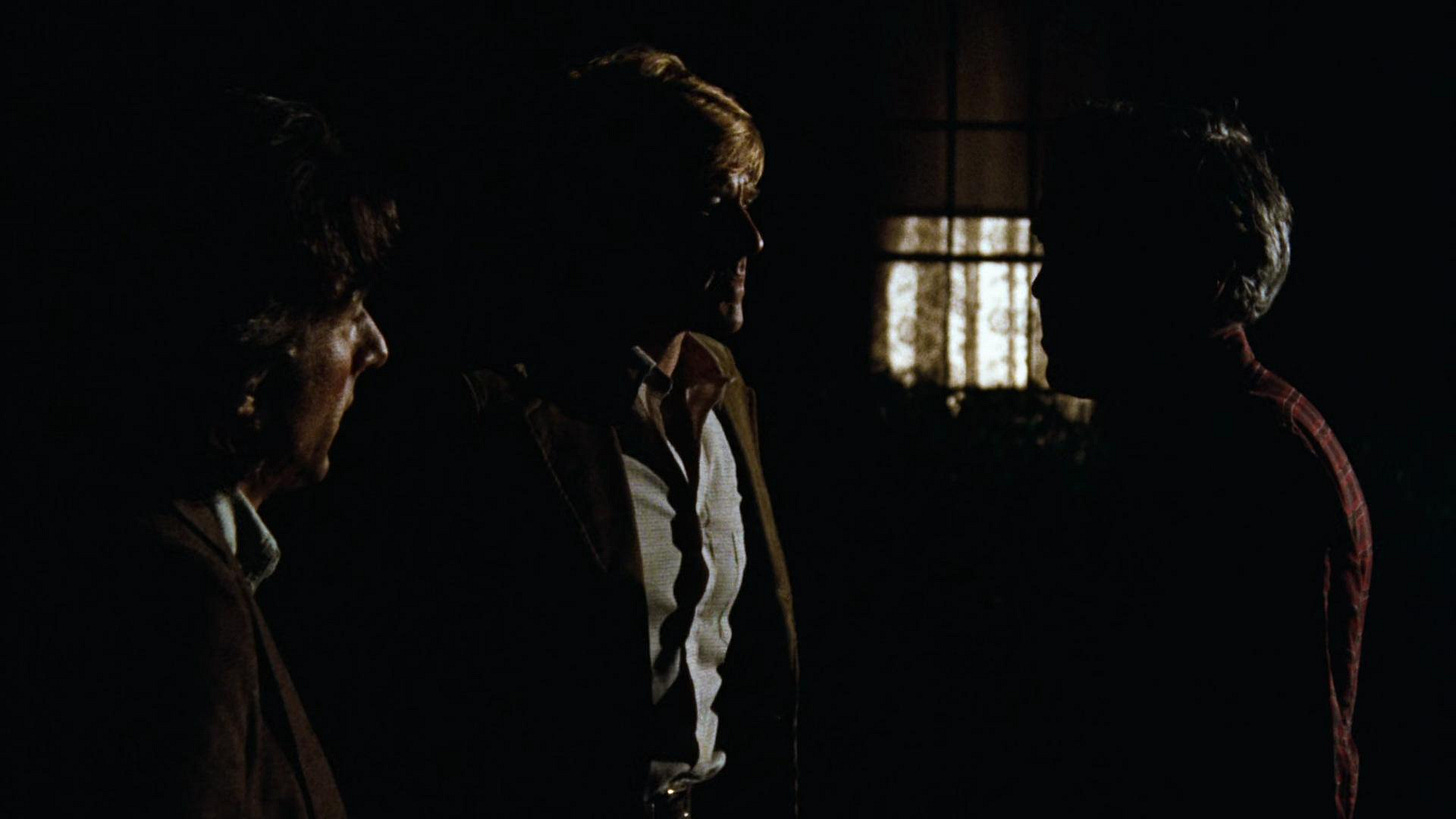Exploring Truth, Power, and Media
In an era of information overload, who are the watchdogs of truth today?
Teaching film often invites unexpected, thought-provoking conversations. Teenagers, especially those on their journeys of political awareness, ask big questions. Recent events, political upheavals, territorial claims, and sanctions have sparked classroom discussions about media, truth, and how to make sense of the news.
These conversations lead to deeper questions: How do we separate fact from fiction? What stories matter most? Journalists are wrestling with the same dilemmas, navigating distractions in a fast-paced media landscape. Social media has transformed journalism, giving many access to information while making it harder to discern reality from distraction.
In contrast, film can offer a form of long-form storytelling that slows things down. It allows us to explore complex ideas that reflect on truths (shared and personal) based on fact. My students recently asked me to name a film that taught me something about politics, “like, really taught” me and I found myself thinking about Alan J. Pakula’s All the President’s Men.
When I first watched this film as a teenager, it revealed the idea of the watchdog in society and the importance of holding the government accountable. There are parallels to be made - I think this film could be a great tool for reflection on today’s current events. For students, it offers a historical lesson and a framework for thinking critically about truth, power, and media.
Film summary
All the President’s Men (1976) is a political thriller based on the true story of the Watergate scandal. Journalists Bob Woodward and Carl Bernstein uncovered corruption within the Nixon administration, ultimately exposing the conspiracy and contributing to the downfall of the presidency.
It is a story of relentless pursuit, where the little details, anonymous sources, unglamorous interviews, and dead ends gradually build toward a truth that shakes the nation. Through its tension-filled pacing and investigative focus, the film highlights the power and the responsibility of journalism in a democracy.
Politics in film
All films are political. Whether explicitly or implicitly, films reflect power structures, social values, and ideological debates. All the President’s Men is overtly political in its subject matter, its real power lies in how it dramatizes the democratic ideal: that truth, when pursued with integrity, can hold even the highest offices accountable.
The film’s central question is timeless: Can journalism safeguard democracy by uncovering hidden truths? Woodward and Bernstein exercise their right to free speech, they face risks and challenges at every step. Their story raises important issues for classroom discussion:
What does truth mean in both journalism and filmmaking, and how is it constructed?
How can a dramatized account of real events convey truth effectively?
What responsibilities do journalists (and filmmakers) have when shaping public understanding?
The film’s craft heightens these questions. Pakula’s direction, Gordon Willis’s cinematography, and William Goldman’s tight script work together to create a sense of paranoia and tension. Shadows and low lighting evoke secrecy. Long, dialogue-heavy scenes emphasize the slow grind of investigative work. The deliberate pacing mirrors the process of peeling back layers of deception, one fact at a time.
Bringing this into the classroom
Some guiding questions to get the discussion started:
Defining truth:
What does truth mean in both journalism and film storytelling?
In what ways does it matter that the film is a fictionalized version of real events?
Storytelling techniques:
How do Pakula and his team use cinematography, sound, and pacing to build tension and credibility?
How do the choices made around different film elements shape our understanding of the events and characters?
Contemporary parallels:
What parallels exist between the Watergate scandal and today’s political climate?
How has journalism changed since the 1970s, and what new challenges does it face today?
Filmmaking Exercise - The News Angle
Ask students to choose a recent news story that resonates with them. They will act as journalists/ filmmakers, deciding how they will tell the story.
Research and identify the key facts of the story.
Pick a perspective to determine whose voice should lead the narrative. Is it an investigative piece, a human-interest angle, or an opinion-driven analysis?
Draft a short pitch for a film inspired by the event, explaining why the story matters and how it would engage an audience.
Present the pitch to small groups to gain feedback and reflect on how different perspectives shape the storytelling.
Write a scene in the form of a one-page script. This can be a moment of reveal in the story. Think about the stylistic choices you would like to see in this scene.
Create a 60 to 90-second short applying the stylistic choices planned to reflect the story’s truth.
Introducing students to films like All the President’s Men can foster critical thinking about media, power, and the concept of truth. In a world flooded with information, learning to analyze and tell stories that matter has never been more important.







Thanks Sharon, this is a thoughtful piece and a great idea for the classroom. I'm ashamed to say I haven't seen the film, but it's on the list!
Great piece. I love the atmosphere in this film, which pervades the other two films about paranoia of the same period: The Parallax View (1974) and Three Days of the Condor (1975). It is also great viewing with several other films about newspaper reportage: The Post (2017), Absence of Malice (1981) and Spotlight (2015).